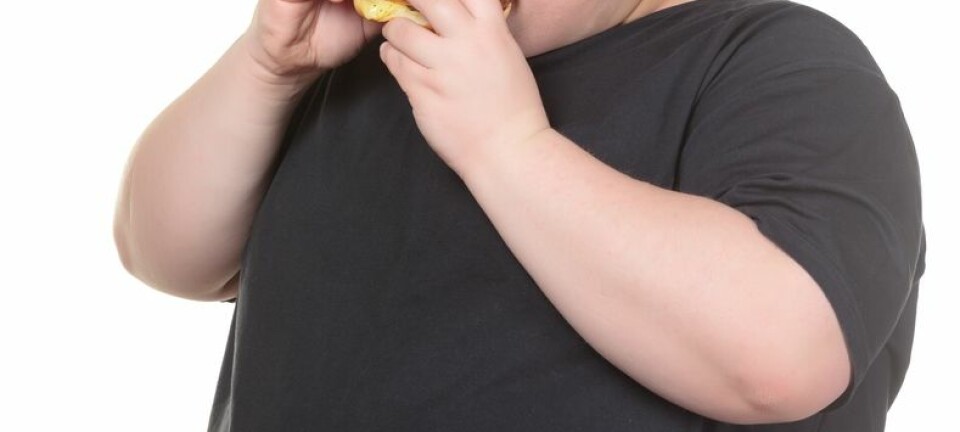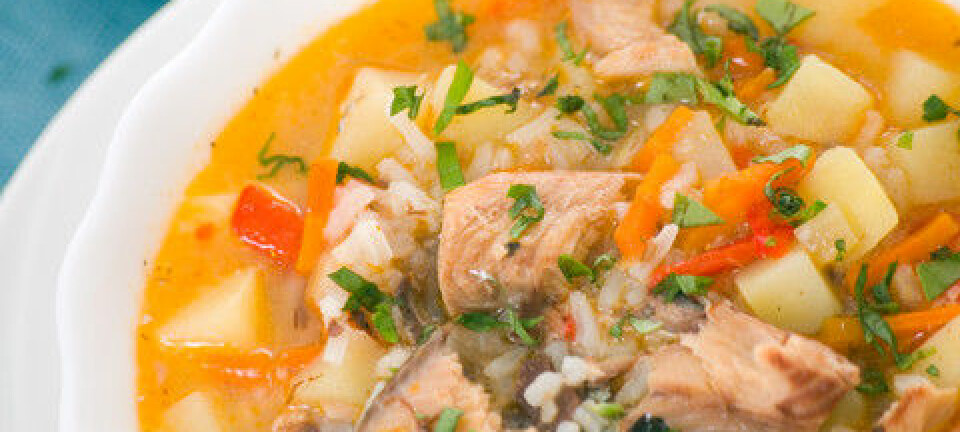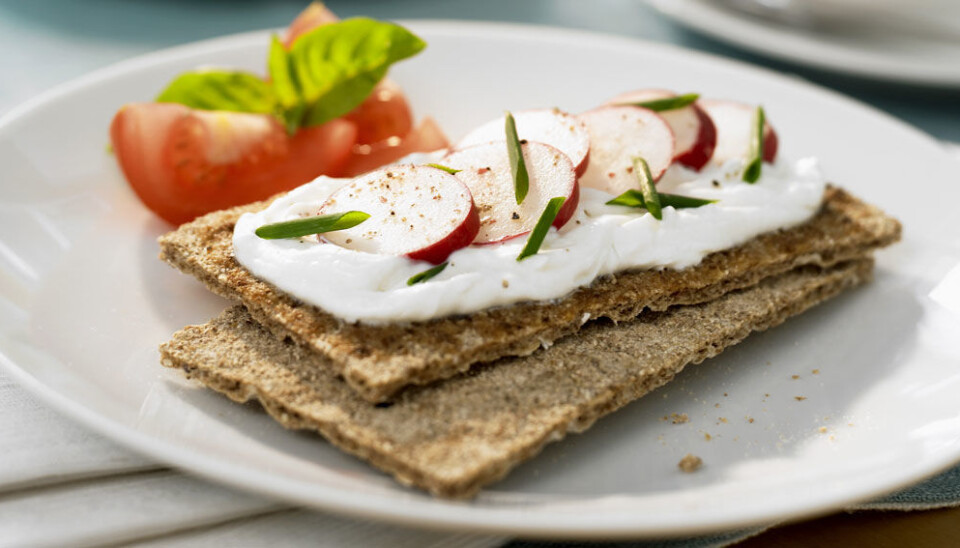
Swedes catch it in the rye
Swedish researchers, who hail from a country that should know, claim whole grain rye crisp bread like Ryvita is more satiating than soft breads made of wheat.
Obesity and consumption of junk foods are a rising health problem. One way to counter the trend is to increase our feeling of being full while eating less, suggests Rikard Landberg, a lecturer at the Swedish University of Agricultural Sciences.
He and two colleagues have studied how crisp bread, a Swedish breakfast staple, affects our feeling of being full and staves off hunger.
Rye bread with lots of fibre has previously been shown to be more satiating than white breads consisting of wheat.
But until now, the researchers assert, no studies had been made of the effect of whole grain rye crisp breads, which represent much of Sweden’s intake of this grain.
Checking out the rye effect
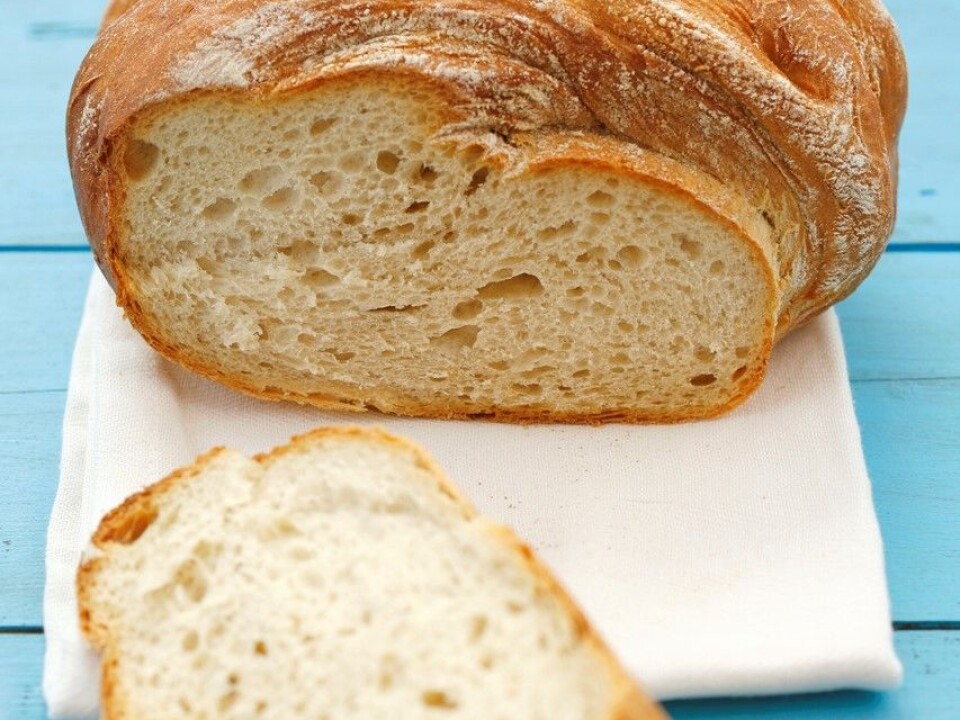
After showing that rye bread and rye porridge fill people up better than corresponding wheat products, the nutritional scientists wanted to see if crunchy breads made from rye, such as Ryvita, had the same effect.
“Rye crisp bread has less volume, and volume affects fullness. That’s why we wanted to investigate its effect. We wanted to know whether what we’d seen before was the effect of rye rather than the effect of volume,” explains Landberg.
25 percent more filling
The researchers conducted tests with two groups of 20 and 21 people respectively, all of normal weight and ranging in age from 25 to 53. The test subjects in both groups were watched for four hours, from breakfast to lunch, to check their feelings of fullness and appetites. They were observed twice each with six days between the tests and the subjects were randomly given two different portions.
In the first test, the test group was given larger portions of food, with higher energy content. Their self-reported feelings of hunger and appetites were clearly lower after crisp bread compared with normal wheat bread. But four hours later, at lunch time, there was no difference between them in fullness or energy consumption.
Reduced need to eat
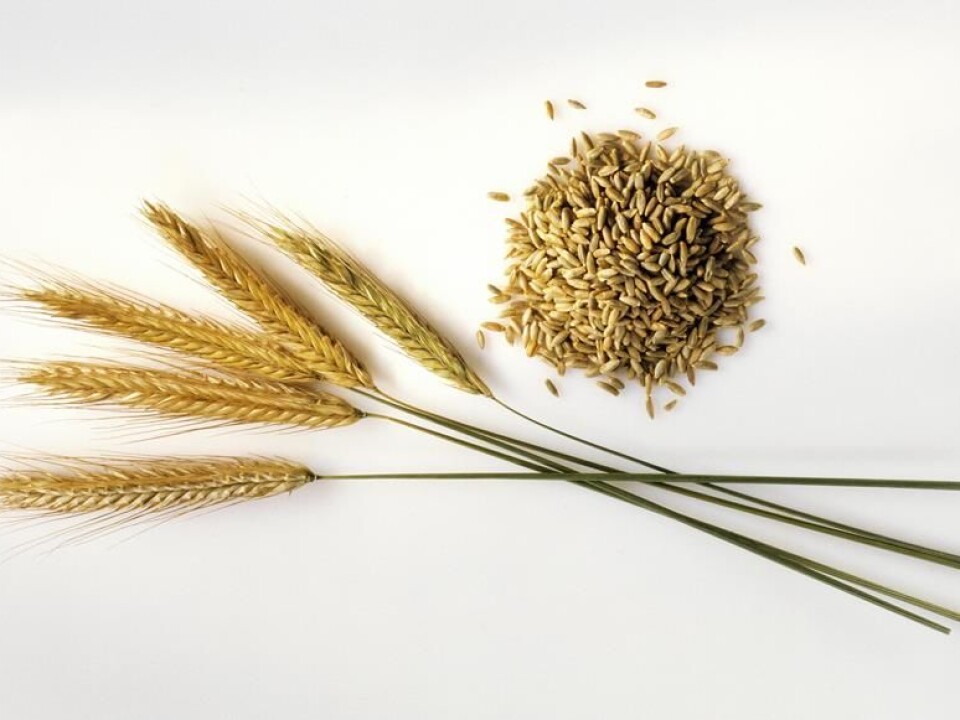
In the second test, the crisp bread portions were reduced by 20 percent but comprised a larger share of the breakfast’s total energy content.
Here the effect was even clearer. The feeling of fullness was up by 25 percent after eating the crisp bread of rye as compared to soft wheat bread. At lunch time, hunger, appetite and energy consumption were still seven percent lower than for wheat bread.
In total, the tests showed that rye crisp bread was 20-30 percent more effective in affecting the perception of fullness and reducing the need to eat, compared to wheat bread.
It’s in the rye, not the crispiness
“The results showed clearly that the test subjects felt fuller when they ate crisp bread made of whole grain rye, as compared to white wheat bread. We could also see that they ate less in the subsequent meal,” says Landberg.
Crisp bread made of wheat might seem like a middle road for those who do not fancy rye, but the Swedish researchers are sceptical of any claims that crisp bread has its own salutary effect.
“We cannot say for sure without testing. But if I were to make a qualified guess I’d say that wheat [crisp bread] has less effect.”
Recommending a longer study
The report recommends a longer follow-up study to see whether a rye diet can lead to weight loss.
“To show that, a study would need to last at least 12 weeks. The test subjects would have to get about 25 percent of their energy either in the form of whole grain rye or white flour wheat,” says Landberg.
But the findings to date indicate that white wheat bread is not ideal for dieters. Maybe we should try some crisp bread – as long as it’s made from rye.
-------------
Read the Norwegian version of this article at forskning.no
Translated by: Glenn Ostling
